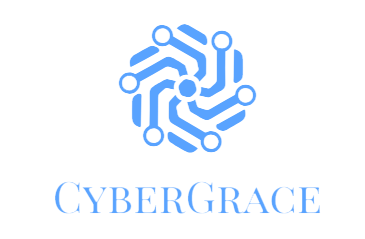Working from home or remotely has become the ‘new normal’ since the beginning of the coronavirus (COVID-19) pandemic. The new work setting keeps employees safe from the health threats of COVID-19 and affects their satisfaction and productivity levels. At the same time, businesses are trying to keep up with the changing needs of their employees and technological advances needed to make remote work possible.
Managing remote teams is the greatest challenge of the work-from-home setup. Employers have to explore the right technology tools and software to simplify the process and manage remote workers more effectively. As a result, this pushed tech companies to introduce project management applications to help virtual teams organize tasks and communicate easier.
One example is the public cloud connectivity service that helps businesses move to cloud-based computing. Their cloud-based solutions help remote teams maximize productivity with a wide range of collaborative tools and unified communications solutions.
Having a concrete plan in place will help companies and employees make sense of the new work setup. This is only possible if businesses implement the right technologies and tools for their remote workers. In this article, we will discuss the must-have tools to help employers implement remote work successfully among their teams.
Project management platforms
Organization is the key to make remote working successful. Keeping tasks and projects organized and submitting them right before the deadline is a difficult task on its own. But when employees are individually working from different places, project management gets even more difficult than ever. When working remotely, it’s important to establish a set of standards and procedures in place so workers can easily collaborate despite being away from the office.
Project management tools take the stress out of team collaborations while working from home. These tools allow employees to access information and files at any time and place. They also provide ways to organize tasks between teams and departments and assign deadlines and other important reminders. Having one in your team will make it easier for the remote employees and stakeholders to stay updated about the latest work progress.
Another great appeal of project management platforms is they serve as interactive and web-based tools, which employees can use to manage schedules, collaborate with team members, and organize projects from the planning to the execution phase. Basically, project management tools offer convenient solutions to keep remote workers synchronized.

Instant messaging and video conferencing tools
Communication is another key aspect of managing remote workers successfully. Without in-person meetings, it’s difficult for managers to ensure employees are working on the same page and updated on current tasks and projects. Gone are those days when employees drop by at the manager’s office or their coworker’s desk for concerns, collaboration, and questions. This is where messaging and videoconferencing tools come in to make communication easier.
Besides email, companies are now using communication suites, such as Skype, Zoom, Slack, and Google Hangouts. These conversation tools have become essential for remote workers to communicate wherever they are. Some tools come with complete features, such as real-time messaging, file sharing, video calling, and other advanced options to organize messages by topic, project, and channel.
The process works by sending a message to update employees on projects, events, and other corporate functions. Communication tools also enhance employee morale since they can easily share jokes, send memes and emojis, and celebrate virtual events, such as birthdays, parties, and anniversaries.
Password manager
Security has never been more important for remote businesses. Without a stable internet connection or device access, employees have to find alternative solutions to make the new work setup work for them. One example is accessing Wi-Fi networks at malls, coffee shops, libraries, and other public facilities. Thus, it’s necessary to have a strong security procedure to prevent cybercriminals from accessing company data and hacking computer systems.
Another security risk is the use of several online tools for team collaboration. Since employees have to use many digital tools to make remote easier, there will be plenty of login credentials distributed around, which endangers cybersecurity.
Remote teams should consider using password managers to produce hard-to-hack passwords and secure them effectively. Other security tools also include virtual private networks and secure cloud-based storage platforms.
Despite the adverse implications of the COVID-19 pandemic, the current global climate has opened an opportunity for the corporate world to reevaluate its existing tools and revolutionize the work environment. While remote working helped companies resume their operations, they should also ensure they’re providing the right tools for their employees to make the work less stressful for them in these uncertain times.

